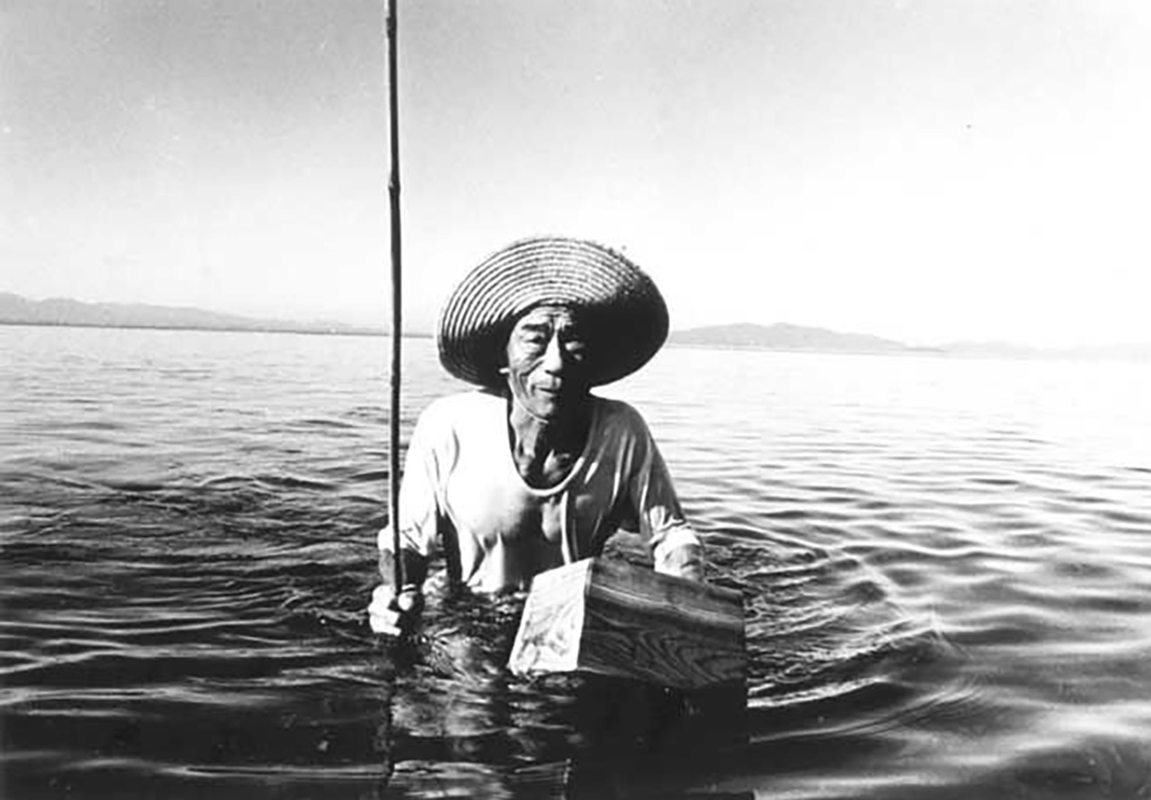Tsuchimoto dedicated most of his life to making films about the people affected by the Minamata tragedy, one of the worst cases of environmental pollution in postwar Japan. In the small coastal town of Minamata in Kyushu, far from the metropolitan center, the fertiliser company Chisso built a factory to take advantage of cheap labour. From 1932 until 1968 it commenced dumping mercury-filled wastewater into the nearby sea. This would have a terrible effect on the health of local populations and their livelihood. Tsuchimoto became close to these communities, making films to show the effect of pollution in people’s health, and touring all over Japan and abroad to advocate for their rights. Minamata - The Victims and Their World was the first important film of this series and it is both an exposé of the disease, a heartrending documentary about how this situation changed people’s lives, and a political film about their fight against the government.
“The roots of Minamata disease are different from those of other human diseases... It is a form of chemical poisoning whose destructiveness is, at heart, a reaction against human beings caused by [the drive towards] “civilization”... Since the discovery of the disease, industry has interfered with the discovery of its cause, in a cover-up going all the way to the prefectural and national governments. That this obstruction has fundamentally not been overcome, even today, testifies to the fact that Minamata disease is, in addition to being a disease of the human body, a thoroughly social disease.” — Tsuchimoto Noriaki, from the production notes of the Minamata disease trilogy, 1973
Japanese spoken with English subtitles
